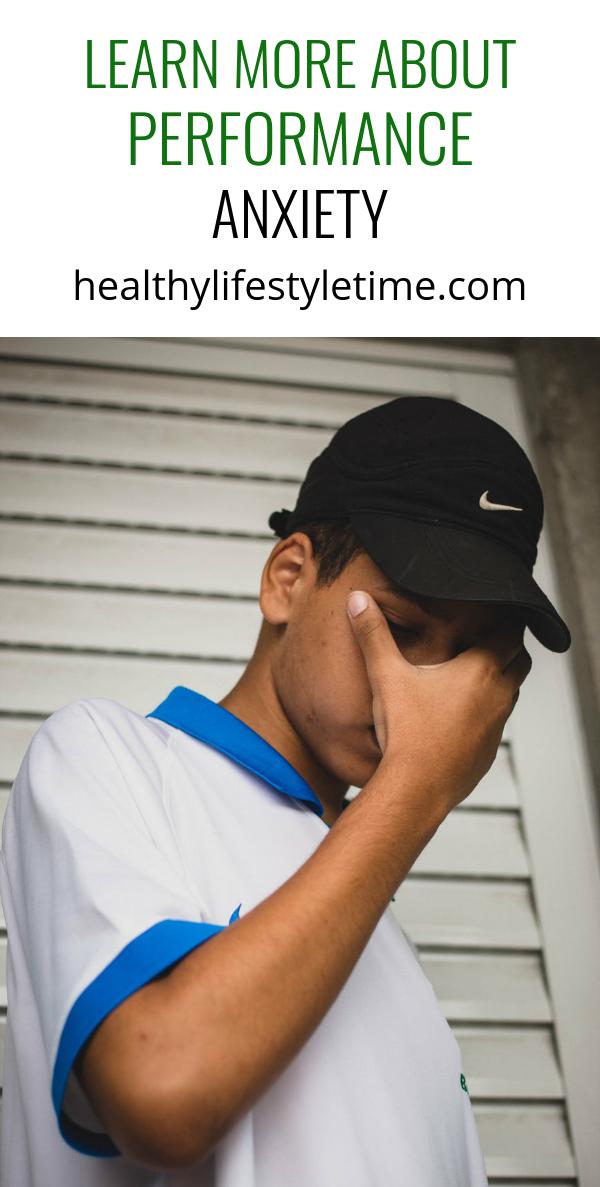Performance anxiety affects even the most seasoned professional speaker or performer. While some people have the ability and presence of mind to remain cool and composed, most of us are geniuses as far as coming up with all the negative thoughts that may happen before and during a performance.
Not everyone can comfortably speak or perform in front of a lot of people. Some may find it quite a frightening experience that they want to avoid at all costs. Performance anxiety, also known as stage fright, is characterized by intense anxiety and paranoia that occurs before, during, and after a performance.

Performance anxiety affects even the most seasoned professional speaker or performer. You can just imagine what goes on inside a person’s head prior and during a job interview, a public speaking engagement, a class or job presentation, a musical performance, or any situation or activity that would put you in front of an audience.
While some people have the ability and presence of mind to remain cool and composed, most of us are geniuses as far as coming up with all the negative thoughts that may happen before and/or during a performance.
This debilitating fear may depend on the context of the performance. A presenter’s level of anxiety may vary with respect to the size and status of the audience, the novelty of the situation, whether it is an individual performance, or as part of the group, the cultural context of the situation, and on the importance of the evaluation. The larger the number of people watching you, the more nervous you may become. A person may be less nervous speaking or performing in front of a group of students than a gathering of important officials. In the same way, during interviews, the interviewee tends to get more nervous with the general manager than the secretary. Speaking in front of a small church congregation you belong may not elicit intense anxiety as in a business conference presentation.
It is important to distinguish at least three major ways in which people can experience performance anxiety since each may actually require different types of remedies.
1. Commonly experienced by most people is an intense, but transient anxious, fluttery sensations, that typically precede a performance but disappear shortly after the performance begins. Indicates a readiness to perform, and becomes a source of energy that improves the performance.
2. ‘Reactive anxiety’ occurs as a result of insufficient preparation, lack of performance skills, or experience on the part of the presenter. Usually best resolved through practice, preparation, and the repeated exposure to the experience of public speaking/performance.
3. The hallmark of performance anxiety is usually associated with signs of physical and emotional discomfort such as sweating, shaking, voice quivering, rapid heart beating, feelings of fear, and panic. These intense sensations come in waves before and during a performance, subsiding, but reappearing again, being appraised as debilitating to the speaker or performer. A common thread that usually runs through these experiences is a fear of negative evaluation by the speaker. What causes the speaker’s anxiety is the belief that he or she is being negatively evaluated.
To help control the anxiety this belief must be altered. Typically, this is done by asking the performer to:
Accept the fear
Focus and relate to the audience
Identify and challenge your fearful thoughts
Remember to breathe
Be passionate about your topic/performance and share it with others

Be clear that your talk/performance matters to you
You may discover that fear still remains, but you notice that you can handle it, as you are beginning to get a sense of enjoyment from your performance and from connecting with others.





